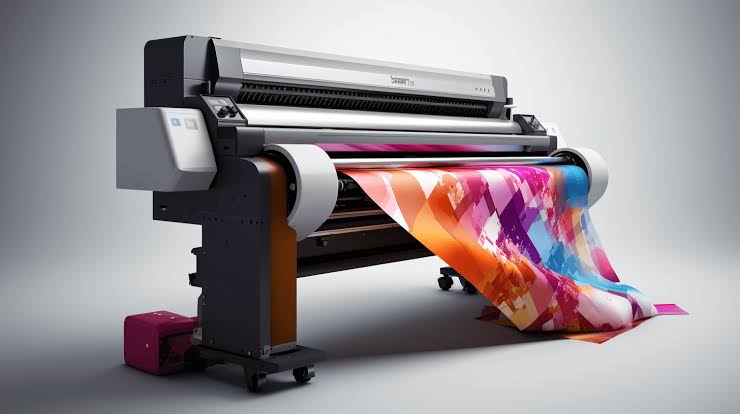DTF means direct-to-film printing, which is an absolutely innovative yet essential technique for making high-quality prints. When we look back to older techniques like screen printing or digital printing, they often have a few drawbacks, like peeling off after a few washes, fading colors, or the biggest problem, or cracking.
With the DTF technique, you don’t have to see these issues at all. To achieve the highest quality, you can follow a few tips to make the most of this technique.
Top 10 Tips to Achieve High-Quality DTF Prints
Here you go with our top 10 tips to create perfect DTF prints every time:
Choose High-Resolution Images
The quality of the final print greatly depends on the resolution of the original image. Low-resolution images will result in blurry or pixelated prints, even if your printer is high-quality. To achieve the best results, use high-resolution images, preferably 300 dpi or higher.
Use Quality Transfer Film
A variety of films are available on the market, such as PET (polyethylene terephthalate), PVC (polyvinyl chloride), and TPU (thermoplastic polyurethane). It is the basic medium in which your design is printed before transferring it onto your chosen material. Its quality depends on the material and adhesive used.
Plus, it greatly impacts the final result. So, go for the thin, clear film with good adhesion properties to ensure smoothness and vibrancy. Try buying DTF printed apparel from https://dtfprintingny.com/, and you will be amazed at the quality.
Proper Ink Management
The role of ink in DTF printing is of great worth. You can find many types of ink, such as UV-curable, solvent-based, and water-based ink. It is essential to choose the right ink for DTF printing. Make sure to manage the ink properly and check for any clogs or leaks in your printer to avoid any flaws in your prints. Plus, shake the white ink cartridge regularly to prevent the pigment from settling.
Optimize Printer Settings
Every printer has different settings that can drastically affect the outcome of your prints. Make sure to familiarize yourself with your printer’s settings and optimize them for DTF printing. This might involve adjusting the print speed, heat settings, or the number of passes the printer makes over the image.
Pre-Treatment of Fabrics
Proper pre-treatment of fabric involves coating the garment with a special polymer to help the ink stick better. Sometimes, fabrics that are not 100% cotton, such as polyester or blends, may require pre-treatment for the best results. So, make sure to pre-treat your fabric accordingly before printing.
Optimizing Design Files
Before starting printing, you need to optimize your design files to ensure clarity and detail. For this, adjust image resolution, color settings, and vector paths to achieve the desired print quality. You have to pay attention to fine details like text, gradients, and small elements that can make a big difference in the final print.
Utilizing White Base Layers
If you want to print on a dark-colored fabric, add a white base layer to achieve vibrant and accurate colors. The white base layer acts as a primer, and the colors will appear bright and vivid, just like an original picture. Try different opacity levels to strike the perfect balance between brightness and color intensity.
Maintaining Proper Curing Conditions
Proper curing is essential for ensuring the longevity and washability of DTF prints. Follow manufacturer guidelines for curing temperatures and durations to achieve optimal results. Invest in a reliable curing system to ensure even heat distribution and thorough curing of prints.
Post-Printing Finishing Techniques
After printing, make sure to follow a few post-printing finishing techniques. Consider options such as heat pressing, steam curing, or laminating to seal and protect the printed surface. In this way, you can greatly enhance the durability and appearance of your DTF prints. Also, do a quality check of the final product before delivering it to your clients.
Regular Maintenance of Equipment
Make sure you maintain your equipment regularly and replace worn-out parts when necessary. Using high-quality materials for printing is always important, as well as cleaning your printer and unblocking its nozzles. It ensures consistent results and increases the lifespan of your equipment.
Ending Note
DTF prints are a true beauty because they give wonderful details, vibrant colors, and long-lasting results. With just a few tips, you can grow your business and achieve great success in DTF printing. You just need to experiment, learn your printer’s capabilities and limitations, and keep striving for perfection. I hope you are now ready to make the most of your DTF printer.
Visit Also: The Rise of Grenazi in the E-commerce
